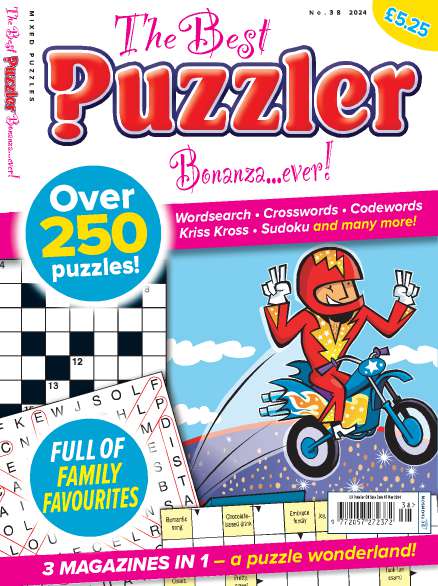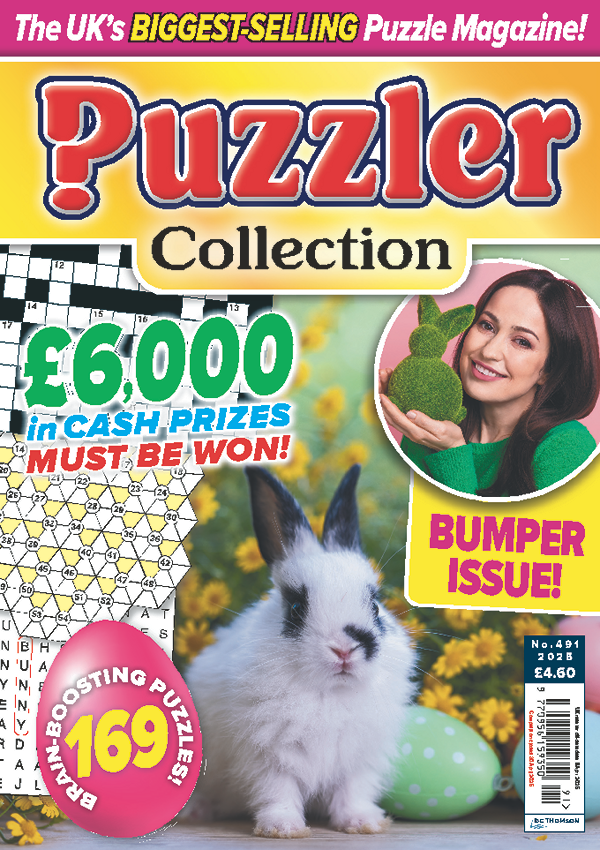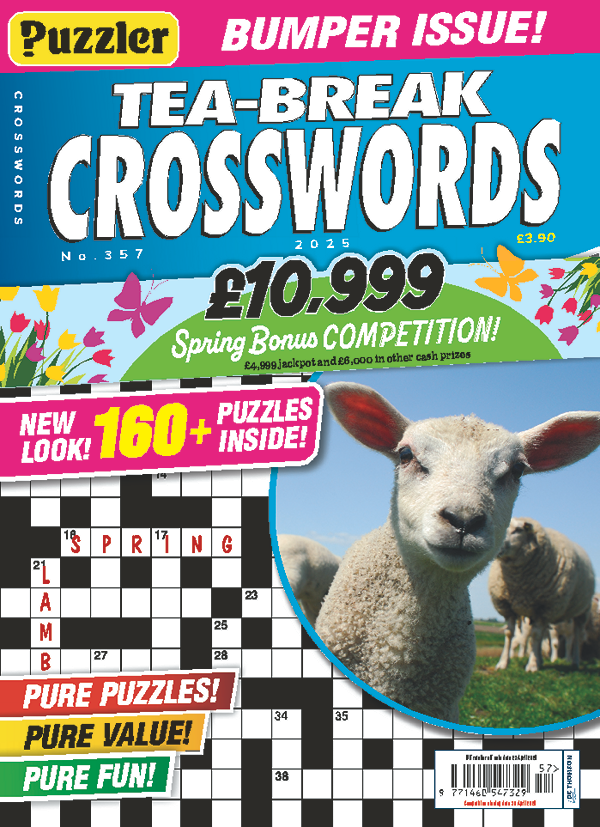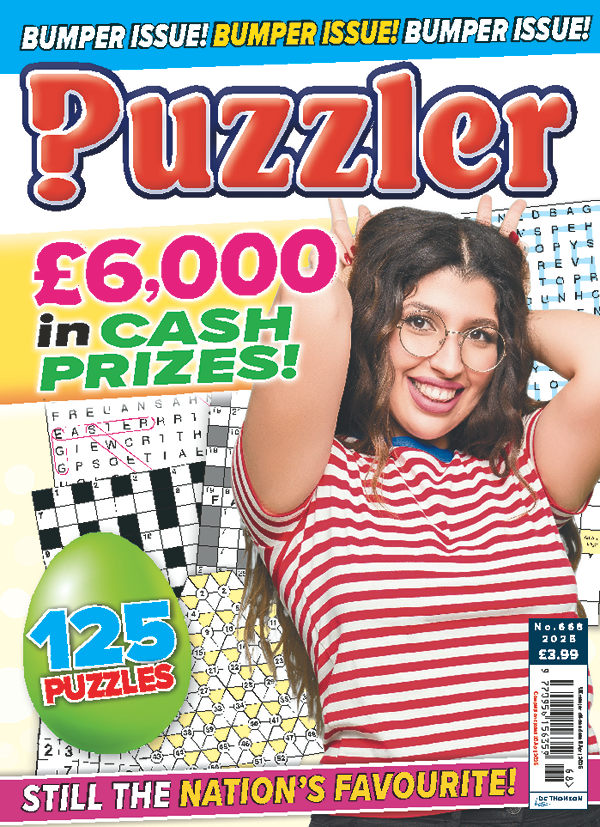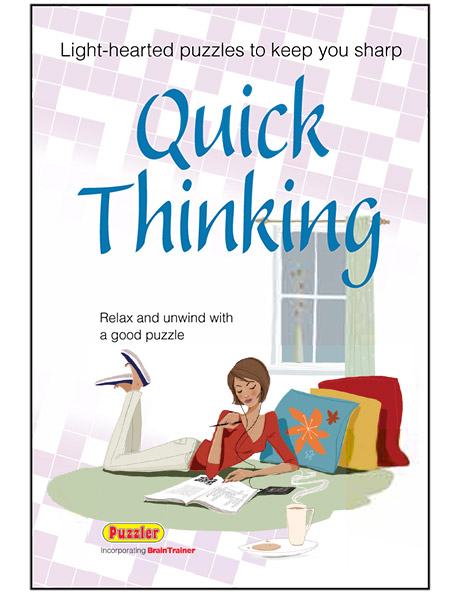Continuity
Also Known As:
Barred Grid, Between the Lines, Continuous, Crossbar, Full House, Network
The continuity, or barred crossword, is solved like a standard crossword, but the answers are separated in the grid by bold lines, rather than black squares. The degree of intersection of the answers in the grid will depend on the number and position of barred lines. As with the black squares in standard crosswords, the barred lines often follow a centrally symmetrical pattern.
Barred line grids allow for more answers than a standard grid. Every square in the finished crossword is occupied by a letter and a feature of many of these puzzles is that every letter is part of both an Across and Down answer. This causes problems for the setter, but gives the solver plenty of help (assuming that the high interlock of the grid hasn't resulted in rafts of difficult answer words). While conventional crossword grids generally have an odd number of rows and columns, barred crosswords are just as likely to have even numbers.
The way the clues are set out in this puzzle often depends on the style of the grid. Fully intersected grids generally avoid having numbers in the grid, so the answers are clued by row or column. So, Across clue 1 is likely to have the clues to all answers across the first row, with clues being separated by a bullet point or other piece of punctuation. Less interlocked grids may well have numbers in the grid, and the clues will follow the standard crossword clue layout.
A common misconception is that barred crosswords are tricky because they have no black squares. In fact, if barred crosswords are tricky it should be because their setters have chosen to make them so. A barred line puzzle needn't be difficult to solve, but the density of answers, and the fact that this style of grid has been used in some of the most complex cryptic crosswords, have lent this style of crossword an air of difficulty.
The puzzle's fearsome reputation owes much to a succession of cryptic crossword setters in The Observer who used the barred grid (usually 12x12) as their standard. Torquemada (real name Edward Powys Mathers), and his successors Ximenes (Derrick Somerset Macnutt) and the current Azed (Jonathan Crowther) took their names from grand inquisitors of the Spanish Inquisition. These puzzles delighted in obscure words from the dustiest corners of the dictionary.
Also renowned for its barred grid puzzles was The Listener magazine. It began publishing themed barred crosswords in 1930, later adopting cryptic clues. Stated themes gave way to fiendish twists and devices to be discovered only as the puzzle unfolded. The Listener crossword, claimed to be the world's most difficult, has more recently found a home in The Times on Saturday. In Listener crosswords, even the title may seem impenetrable (Russian Revolution, or… Degrees of Freedom). While standard competition cryptic crosswords may attract many thousands of entries, these puzzles have been known to elicit fewer than ten correct answers.
More straightforward puzzles based on barred grids can be found in a number of mixed-puzzle magazines and some daily papers. The puzzle appeared in the first issue of 'Puzzler' (November, 1972) and, in the July 1966 edition of the short-lived 32-page 'Brain Sport', the only British puzzle magazine to pre-date 'Puzzler', there were, incredibly, four examples of the puzzle.
Instructions
Enter the answers into the grid, the black bars marking the end of each word in each chain of clues.
Related Puzzles
ArcanaFeatured In
Related Products

